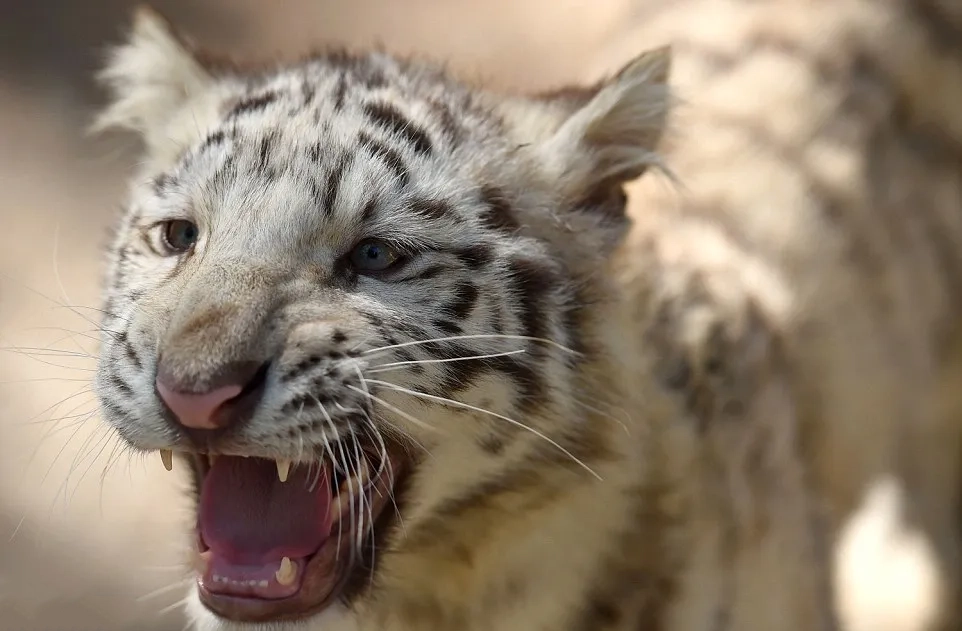
28 Countries To Combat Illegal Trade Of Big Cats
NEW DELHI, (IANS) – Twenty-eight countries have joined the CITES Big Cats Task Force to combat the illegal trade of big cats, comprising the lion, leopard, tiger, and snow leopard.
Big cats are affected by illegal international trade and have been targeted over the last several decades for their fur, teeth, bones, and other body parts and for live animal trade.
The CITES secretariat (The Convention on International Trade in Endangered Species of Wild Fauna and Flora) convened a meeting in Entebbe, Uganda, recently to strengthen responses to the global illegal trade in big cats.
Over 70 representatives from 28 countries across Africa, Asia, Europe, North America, and South America and representatives from various organizations attended.
The aim of the Task Force meeting was to develop strategies to strengthen law enforcement responses to combat illegal trade in big cats and their parts and derivatives, focusing on big cat species that are of highest concern from a conservation and illegal trade perspective: Cheetah, mainland clouded leopard, Sunda clouded leopard, lion, jaguar, leopard, tiger, and snow leopard.
Data from the International Union for Conservation of Nature indicates that the global population of tigers in the wild is around 3,000 individuals with a similar figure for snow leopards.
The population of wild cheetahs is estimated at approximately 6,500. The population trend for all big cat species focused on at the Task Force meeting is decreasing.
Effective implementation and enforcement of the regulatory framework established by CITES play an important role in preventing and addressing the illegal wildlife trade.
All big cat species are protected under CITES because unregulated and illegal trade poses serious threats to their survival.
At the Task Force meeting, there was a strong focus on enforcement and implementation challenges, information and intelligence sharing about the nature of the illegal trade and associated illegal trade routes, sharing knowledge on forensics and other processes in identifying big cat specimens in trade, discussions on the demand for live big cats and strengthening frontline cooperation and coordination.
Over the course of the five-day meeting, participants identified best practices and innovative approaches to address this illegal trade and built strong professional relationships with their law enforcement counterparts from other countries.




